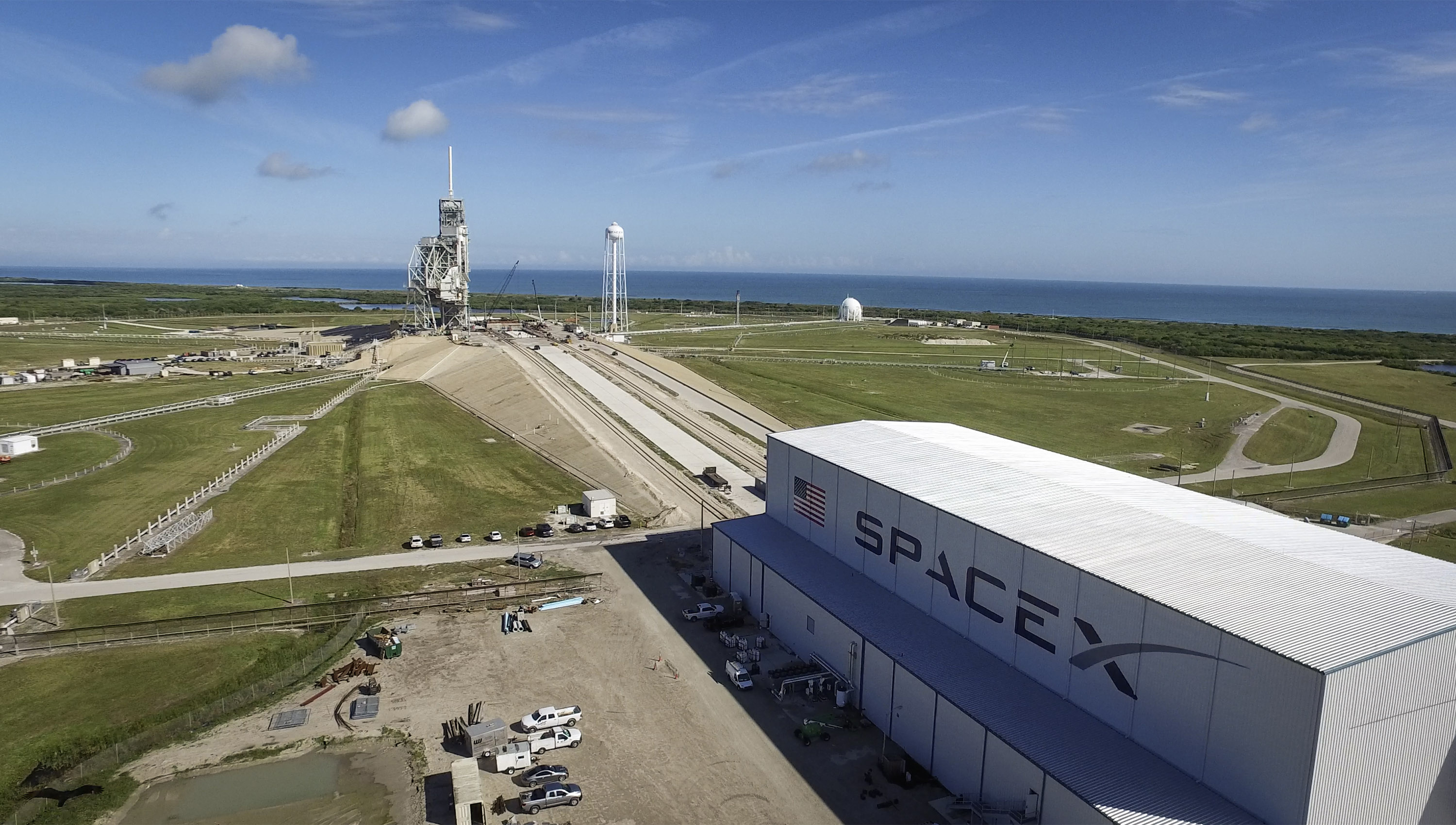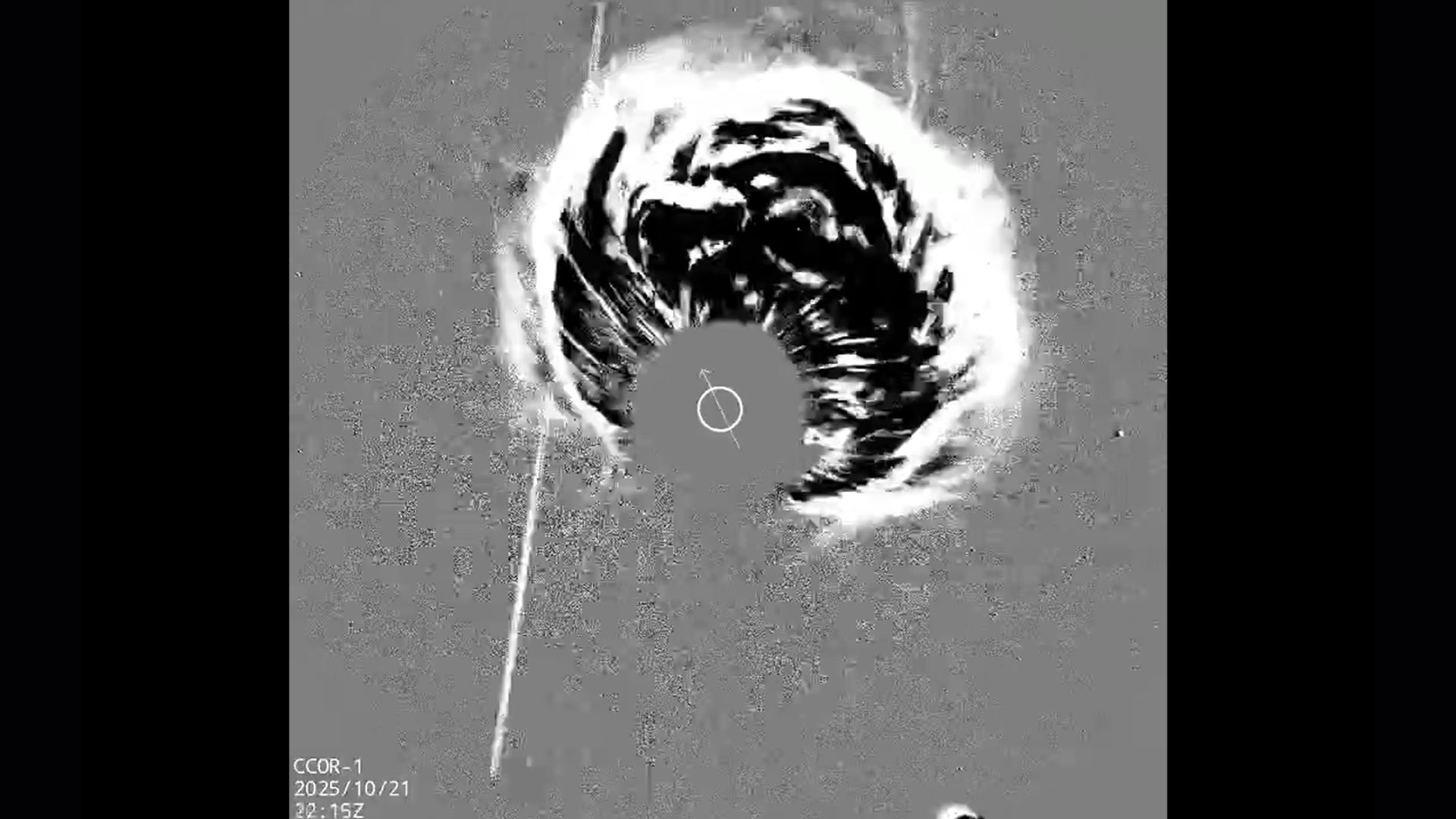SpaceX Targets Feb. 18 for 1st Launch from Historic NASA Pad

SpaceX is preparing to launch its 10th cargo resupply mission to the International Space Station for NASA, which is now set for Feb. 18.
The mission will bring crucial supplies for the space station crew and materials to support more than a dozen experiments on the orbiting lab, including a new muscle cell experiment designed by high school students. It will also be the first to launch from the newly renovated, historic Launch Complex 39A at NASA's Kennedy Space Center in Florida.
SpaceX announced the Feb. 18 launch date via Twitter today (Feb. 8).
The launch pad was built in the 1960s, and hosted a number of famous mission launches, including Apollo 11, which put the first humans on the moon, and the first and last space shuttle flights. SpaceX leased the pad from NASA starting in 2014.
SpaceX has modified the pad to suit its Falcon 9 and future Falcon Heavy rockets. For the Feb. 18 launch, a Falcon 9 will loft into orbit a robotic Dragon spacecraft filled with more than 5,500 lbs. (2,500 kg) of cargo, NASA officials said during a news briefing today. After its stay on the space station, the Dragon will return nearly 5,000 lbs. (2,300 kg) of cargo to Earth.
Breaking space news, the latest updates on rocket launches, skywatching events and more!
Riding to the station on this launch is an experiment by high school students at Craft Academy at Morehead State University, which will test the impact of microgravity on smooth muscle cell contraction. The experiment will use cells from rats to better understand how the muscle cells lining veins and arteries function.
Dragon will also carry an experiment monitoring the "superbug" MRSA (in a sealed experiment environment) to investigate how the bacterium grows and mutates without the pull of gravity; an experiment to grow and study antibody crystals; a "three-eyed" Raven tech demonstration system that will gather data for future autonomous rendezvous missions with satellites and spacecraft; and two Earth-monitoring systems that will sense lightning and gases in the planet's stratosphere.
The launch will also mark SpaceX's first liftoff from Florida's Space Coast since a Falcon 9 rocket burst into flames during a prelaunch test Sept. 1 at Cape Canaveral Air Force Station, which is next door to KSC.
Email Sarah Lewin at slewin@space.com or follow her @SarahExplains. Follow us @Spacedotcom, Facebook and Google+. Original article on Space.com.
Join our Space Forums to keep talking space on the latest missions, night sky and more! And if you have a news tip, correction or comment, let us know at: community@space.com.

Sarah Lewin started writing for Space.com in June of 2015 as a Staff Writer and became Associate Editor in 2019 . Her work has been featured by Scientific American, IEEE Spectrum, Quanta Magazine, Wired, The Scientist, Science Friday and WGBH's Inside NOVA. Sarah has an MA from NYU's Science, Health and Environmental Reporting Program and an AB in mathematics from Brown University. When not writing, reading or thinking about space, Sarah enjoys musical theatre and mathematical papercraft. She is currently Assistant News Editor at Scientific American. You can follow her on Twitter @SarahExplains.

